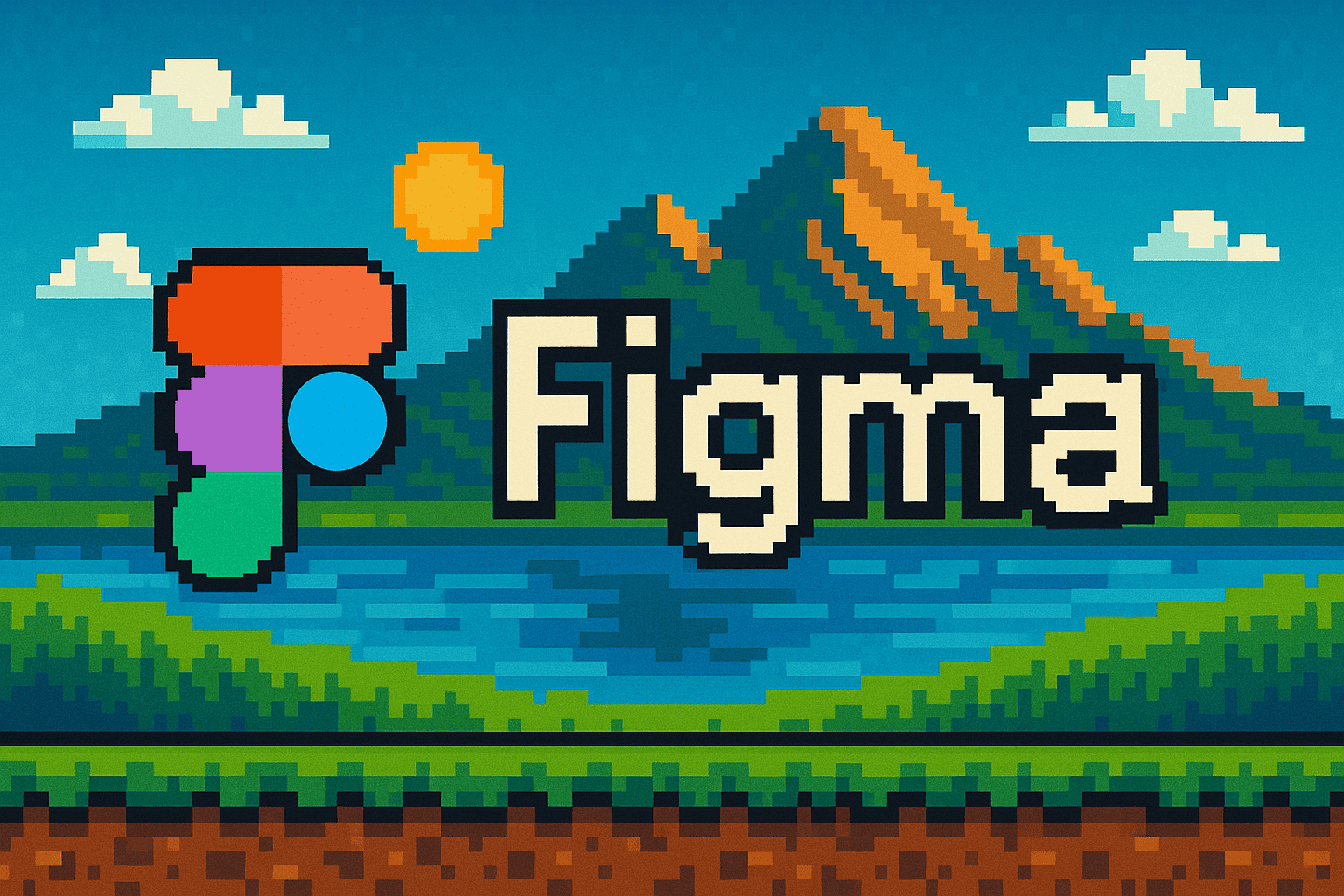Overview
Figma is a browser-based design and prototyping tool for digital projects. It allows designers and teams to create user interfaces (UI), interactions, and prototypes for websites, apps, and other digital products.
Key Features
Real-time Collaboration
One of Figma’s biggest advantages is its real-time collaboration capability. Multiple people can work on the same file simultaneously, which greatly simplifies teamwork. Comments and annotations enable direct communication within the design.
Component System
Figma’s component system allows for the creation of reusable elements that can be consistently used throughout the design. Changes to a component are automatically updated everywhere, making maintenance of large design systems easier.
Auto Layout
This feature enables the creation of responsive designs that automatically adapt to different screen sizes. It also simplifies the arrangement of elements as spacing and alignment can be calculated automatically.
Prototyping
Figma offers powerful prototyping features that allow for the creation of interactions and transitions between different screens. This makes it possible to test the user experience before actual development begins.
Design Systems
With Figma, comprehensive design systems can be created that define all visual elements of a brand or product. This promotes consistency across different projects.
How We Use Figma at BaunTown
At BaunTown, we use Figma for:
- Creating and maintaining our design system
- Wireframing new features and pages
- Designing UI components and layouts
- Prototyping to visualize user flows
- Collaboration between designers and developers
- Presenting design concepts to stakeholders
Pricing Model
Figma offers various pricing tiers:
- Starter (Free): For individuals and small teams. Limited to 3 Figma files and 3 FigJam files.
- Professional ($12 per editor/month): For professional teams with unlimited files and advanced sharing capabilities.
- Organization ($45 per editor/month): For larger companies with additional security and administration features.
Why We Recommend It
Figma has revolutionized our design workflow through its accessibility (browser-based, cross-platform), collaborative features, and seamless integration into the development process. It enables us to iterate faster and foster closer collaboration between design and development.
The intuitive user interface and extensive community with templates and plugins make Figma an indispensable tool in our development process.
